
AI, CitizenMe and You (long read version)
AI, CitizenMe and You (long read version) https://www.citizenme.com/wp-content/uploads/2019/03/image.png 1280 720 StJohn Deakins StJohn Deakins https://secure.gravatar.com/avatar/67e7ca4885d1b922783ca3a83741a282?s=96&d=mm&r=gIn this combined piece of 7 blog posts, we explain what Artificial Intelligence does, why it’s so useful for us all, what we’re doing at CitizenMe – and what this means for you.
- Introduction
- What Exactly Is AI?
- Can AI Read or Hear? (Chat Bots & Voice Assistants)
- Can AI Move? (Smart Robots)
- Can AI See? (Observing the World)
- Can AI Reason? (Logical Deductions)
- Can AI Feel? (Emotions & Humanity)
Introduction
We are all now digital citizens: humans connected through a digital world. Our mission at CitizenMe is to empower all of us Citizens with the true value of our own data. On its own, our data is pretty dumb. For data to become truly valuable, it needs to be labelled to create information, and verified to reveal knowledge. We may then be able to discover insights and understand new truths. Knowledge and insights combine, with new data that we create, to unlock yet more knowledge. When this happens, the value of our data grows exponentially.

Credit: GapingVoid: Data Wisdom
This process is enabled by Artificial Intelligence (AI), and it’s the reason that so many big internet companies are so very keen for us to share all of our data with them (and happy for us to not understand what’s happening). Our personal data fuels the trillion-dollar digital economy but, as we don’t have access to the AI, we see very little of the true value. Meanwhile, with hacks and scams happening daily, we citizens take on all of the risk. This is a very bad deal. The system doesn’t work for the people that it has been created for, us: The system is broken.
Sustainable AI
We believe that the only way for the internet to become truly sustainable is for us all to have control and ownership of the value created by our own personal data. Value can take many forms: better self -understanding, customer experience, life decisions and health – or sharing it for fair reward, or donating it to a good cause. To unlock this value, a copy of your data must be distributed to you. Storage and access must be controlled by you. And, to create value from it, you must also have access to your own AI. An AI which does all the heavy-lifting to create value, for you.
With hundreds of thousands of Citizens joining the CitizenMe community, we now have critical mass to create the ‘good’ market. And many ‘good’ organisations are excited to be able to partner with us, Citizens, to make this new digital economy work: Companies with purpose; organisations centred on community; universities researching better human health; cooperatives run for their members; and big brands who seek to truly delight their customers. At CitizenMe we also provide powerful AI tools to these organisations to enable them to understand and serve you, the Citizen, far better. And Ethically.
What Exactly Is AI?
So what Exactly is AI (Artificial Intelligence)?
Firstly – AI is *not* this:
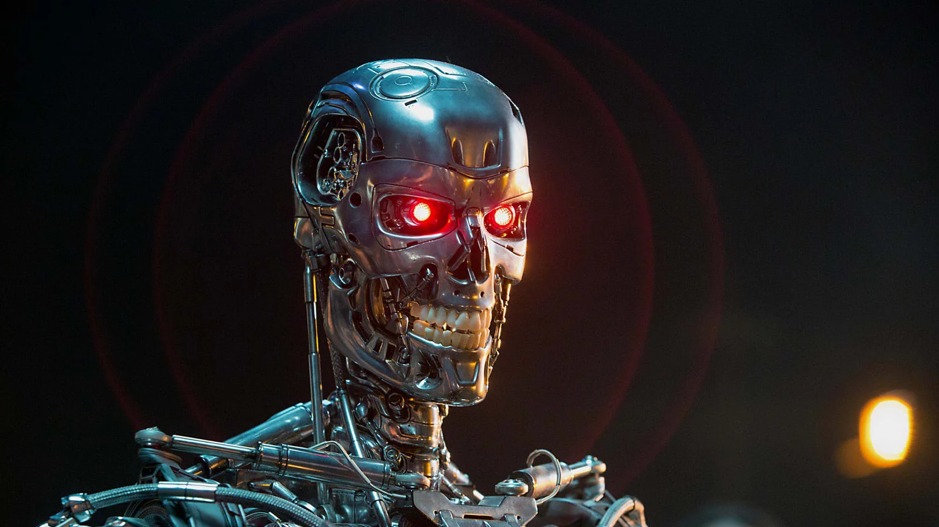
Credit: Terminator (1984)
And AI is *not* this:
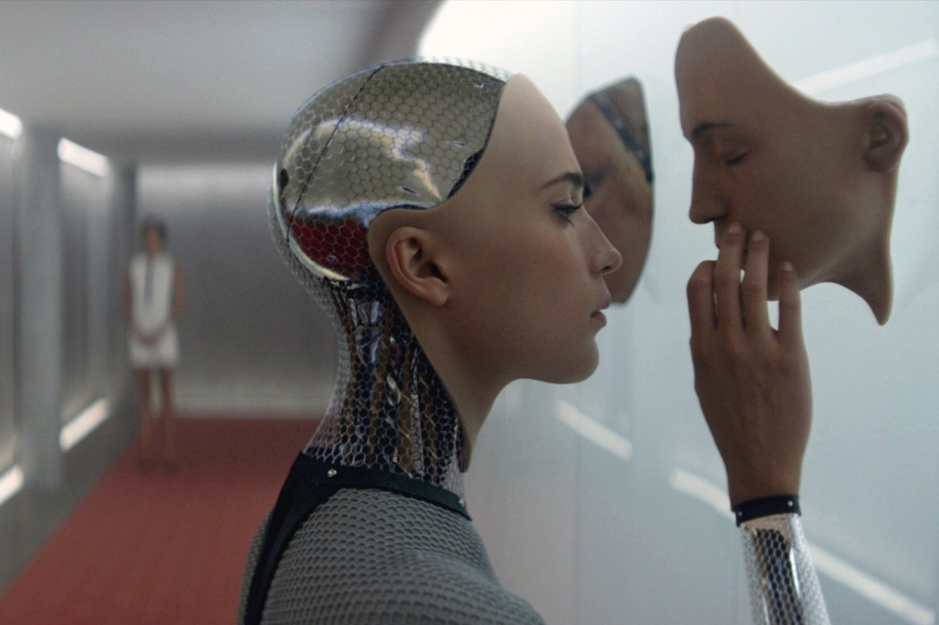
Credit: Ex Machina (2014)
There is endless hype – and a fair amount of BS – about computers becoming smarter than humans and, of course, eventually becoming our evil overlords. It makes for great Sci Fi action movies (iRobot, BladeRunner, The Matrix, etc) and clickbait memes.
But in reality we are many decades – and most likely a century or two – away from a computer achieving anything like a human or ‘general’ level of Artificial Intelligence (General AI). So we’re safe from AI catastrophe for this year at least, Phew!
More good news: What we do have is a very good specialist or ‘narrow’ AI, which is rapidly becoming more sophisticated. Narrow AI is very good at specific tasks such as winning a game of chess or recognising a face in a crowd. Its impact throughout this century will be profound. Two hundred years ago the arrival of the steam power heralded the Industrial Age, and in a similar way, AI provides us all with a very powerful set of new tools which will change society and ourselves in the digital information age. If we can collaborate to use it properly, AI will be hugely positive. It could extend our longevity and save lives, and just as importantly, it could help us all be more fulfilled, happy and purposeful. It’ll enable humanity to level-up.
Our ability to harness the power of these new AI tools is expanding so fast that ‘AI’ has now become an umbrella term for anything to do with making computers smarter. This can make it all a little confusing (even the experts argue about what means what). We therefore thought it would be helpful to explain what exactly CitizenMe is doing with AI now and what our plans are for the future.
AI can be divided into five broad categories:
- Can it Read or Hear (Chat Bots & Voice Assistants)?
- Can it Move? (Smart Robots)
- Can it See? (Observing the World)
- Can it Reason? (Logical Deductions)
- Can it Feel ? (Emotions & Humanity)
We’ll run through these areas one by one.
Can AI Read or Hear? (Chat Bots & Voice Assistants)
The ability for a computer to understand what we say and write (i.e. our everyday language) is called Natural Language Processing (NLP). We have had computers that can identify letters in sequence for a while, for example, a speed camera can ‘read’ the letters and number in a car number plate and transcribe it into digital form. This is known as Optical Character Recognition (OCR).
More sophisticated versions can string letters and numbers together to identify words and sentences. Next come algorithms (a set of rules and calculations) that can ‘read’ words and also interpret them, for example, understand that a question is being asked and respond with a reply. This is the way chatbots on a website (are supposed to) work.
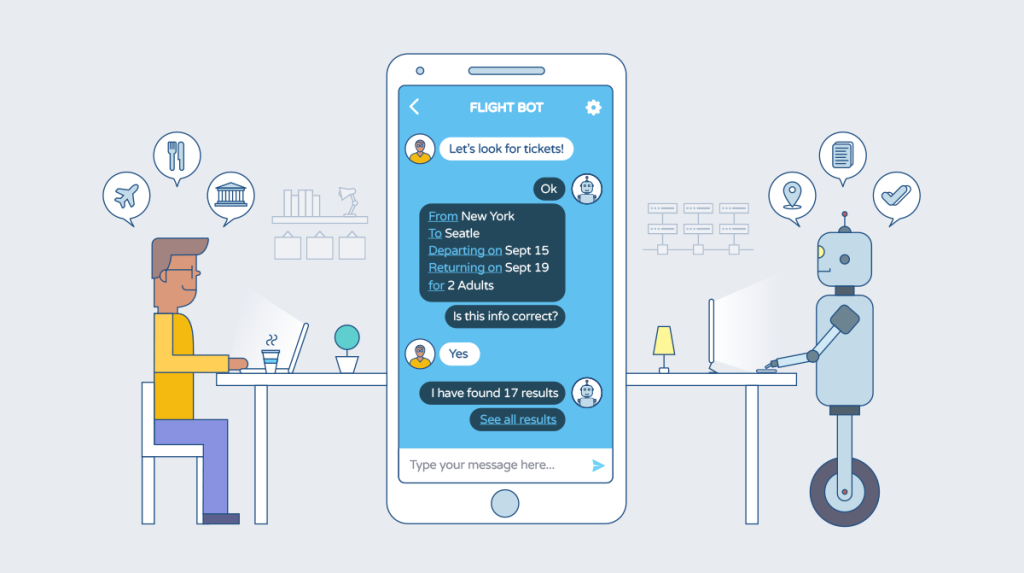 Once this level of understanding has been unlocked, additional analysis can be added, for example, rating a Facebook status update as being happy or sad by looking at the types of words used (sentiment analysis). The CitizenMe platform uses similar analysis to reveal how your personality may be perceived on Twitter based on your last 50 tweets, or how thousands of Citizens might feel about a particular issue, product or organisation based on text they’ve shared (remember, with CitizenMe, sharing is anonymous by default).
Once this level of understanding has been unlocked, additional analysis can be added, for example, rating a Facebook status update as being happy or sad by looking at the types of words used (sentiment analysis). The CitizenMe platform uses similar analysis to reveal how your personality may be perceived on Twitter based on your last 50 tweets, or how thousands of Citizens might feel about a particular issue, product or organisation based on text they’ve shared (remember, with CitizenMe, sharing is anonymous by default).
Next comes speech. Many of us have already interacted with Apple Siri, Google Assistant, Microsoft Cortana or Amazon Alexa. These assistants have algorithms that understand our spoken words and then reply to us in a simple real-time conversation. This is AI hearing and speaking. We all anticipate that these assistants will evolve into something like ‘Her’ but they have a long way to go.
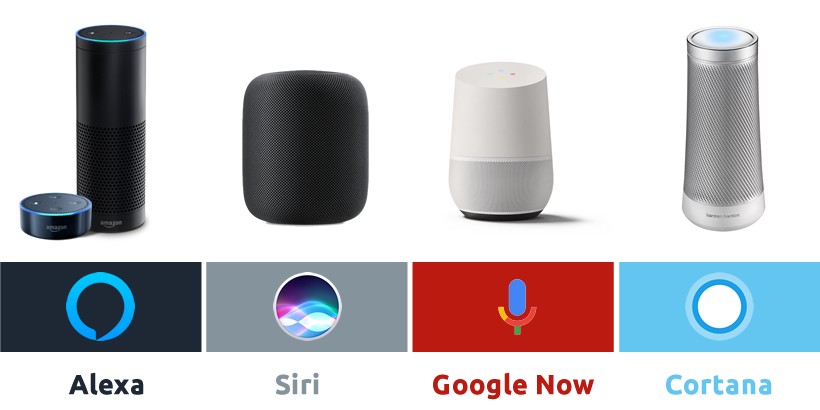
At CitizenMe we’re interested in the benefits of voice interfaces for simple voice conversations and, longer term, for some exciting ‘telepathic AI’ that we’ve conceptualised – but it’s not a short term priority.
If a machine can move by itself without help, and moves based on what it can see, feel and hear around it (i.e. not on a pre-programmed route or a person using a remote control behind a curtain) then it’s a smart robot. This is what the occasional lazy journalist and blogger will use as a picture to represent ‘AI’ – strangely often wearing glasses to read a tablet screen… (hint: if it’s a super smart AI robot, it probably doesn’t need reading glasses – or a tablet #JustSayin)
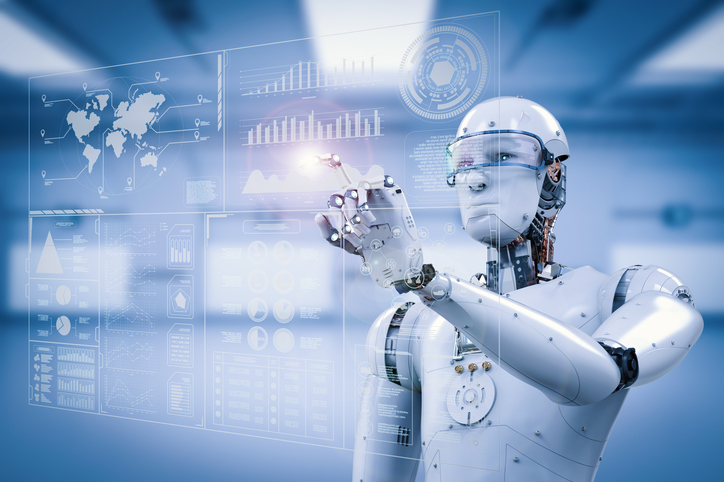 Robotics and ‘automation’ are already being used extensively in manufacturing production lines and even livestock farming. The biggest advances that will affect us all in the next ten years will be in self-driving delivery drones, cars & trucks and care robots for the elderly and infirm. We’ll know robotics are mainstream when we all forget that they’re there. (Anyone remember having to use a landline phone to dial up for an internet connection?).
Robotics and ‘automation’ are already being used extensively in manufacturing production lines and even livestock farming. The biggest advances that will affect us all in the next ten years will be in self-driving delivery drones, cars & trucks and care robots for the elderly and infirm. We’ll know robotics are mainstream when we all forget that they’re there. (Anyone remember having to use a landline phone to dial up for an internet connection?).
Can AI Move? (Smart Robots)
So we’re less likely to be taking a metallic robo-dog for walks in the park:
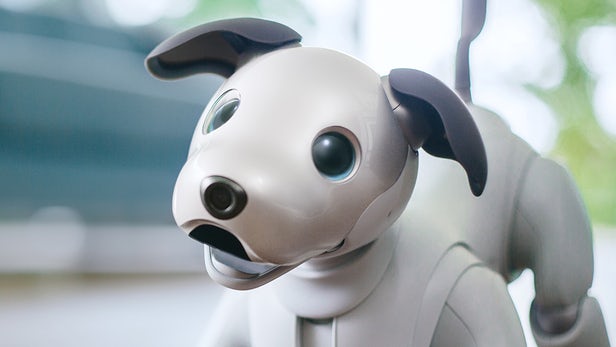
Sony Aibo
And more likely to be providing (low maintenance) cuddly pet robo-Seals to the elderly to keep them company:

Paro the care seal for the elderly
Or watching a smart Amazon drone deliver fresh groceries to our doorstep:
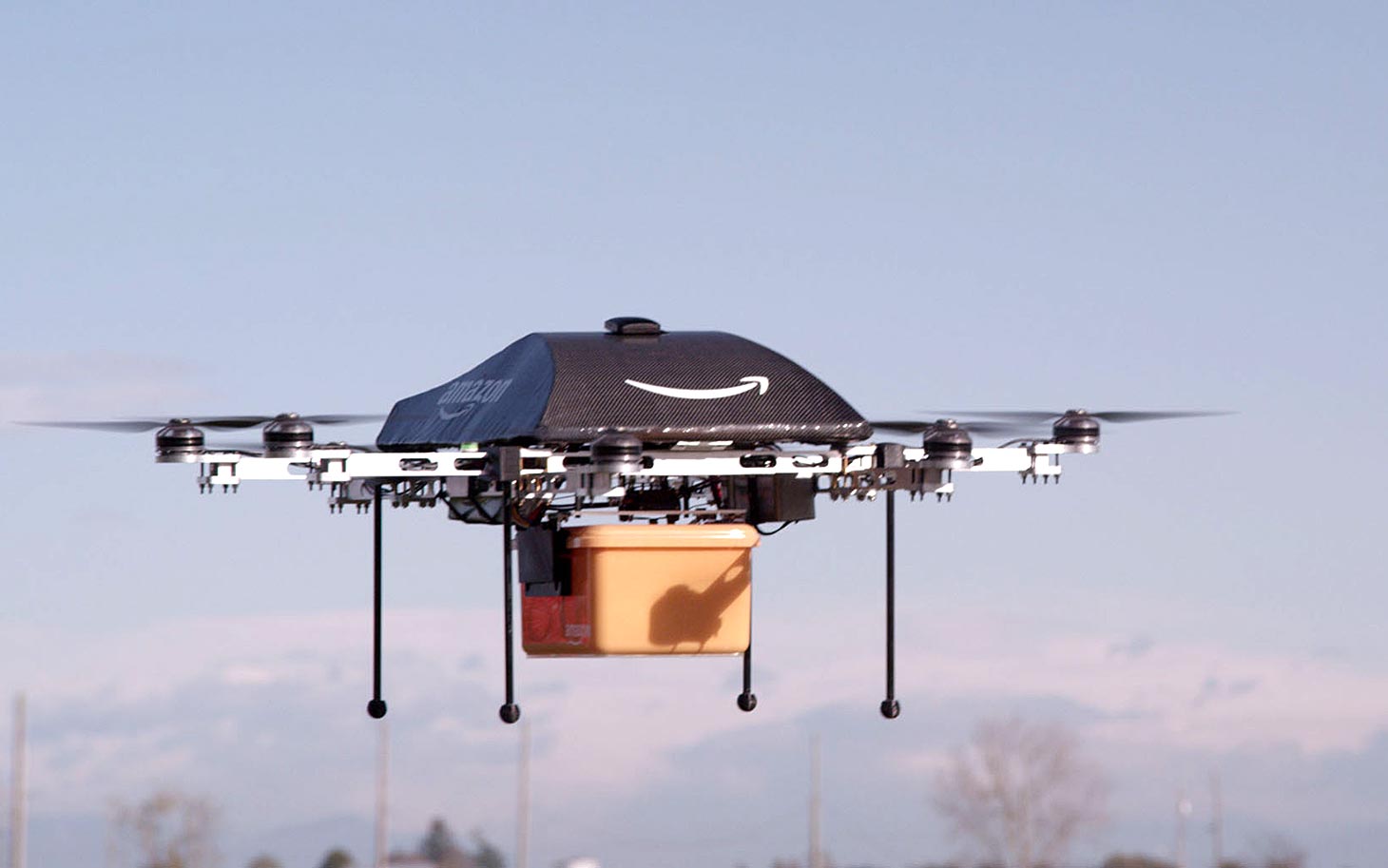
Or sitting in a self driving Uber (probably still in heavy traffic):
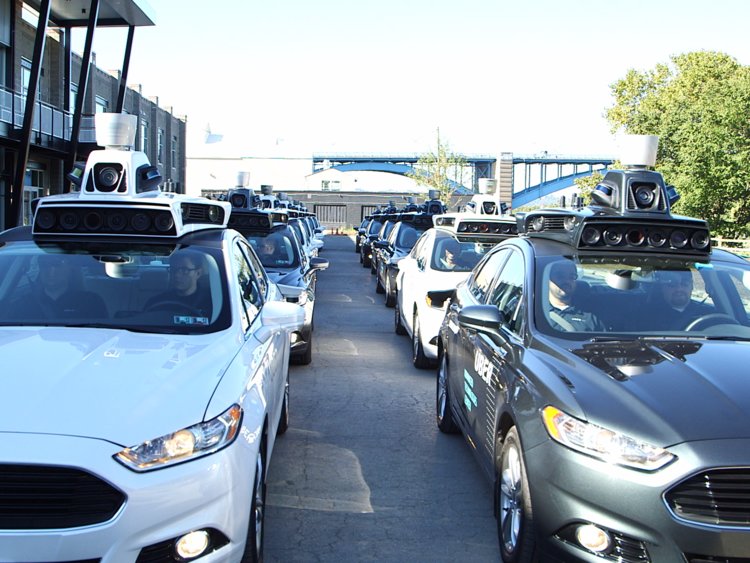
Robot Data and You
CitizenMe doesn’t use AI robotics right now; however, the growing use of robots – and the sensors that they use – will create rich streams of data, much of it connecting back to us human users. When we apply AI, this data will become highly valuable for all of us, both individually and collectively as a society. The question is, who should ‘own’ all of the data that our personal robots will create? We believe that a copy of any data created by a smart device or robot that you own should, by default, always be yours. It’s just common sense, right?
Can AI See? (Observing the World)
Can a computer identify what it sees in an image or in a video? If so, then it’s using computer vision and image processing. Computer vision includes object tracking, face recognition, and augmented reality (overlaying animated images onto a live video feed, like Pokemon Go.)
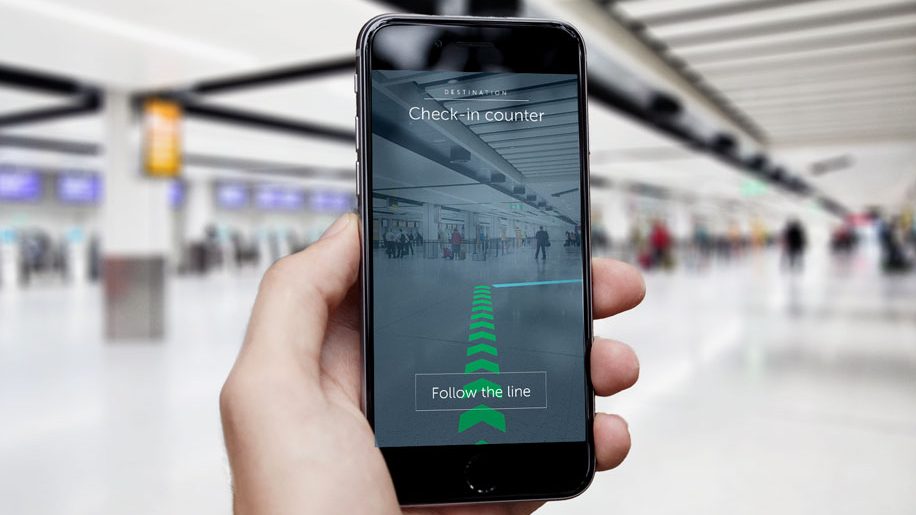
This can enable faces or objects to be recognised, and also add routes or instructions – all overlaid on the real life image via a smartphone camera.
As a simple example, with CitizenMe, 1,000 Citizens could be asked to take a picture of the personal hygiene section of a supermarket and using computer vision, the app can pick up the different brands on display and ask a Citizen to take a picture of it. Computer vision could also look at 1,000 social media images of me wearing running trainers and ‘see’ that last month I switched brands from Adidas to Asics.
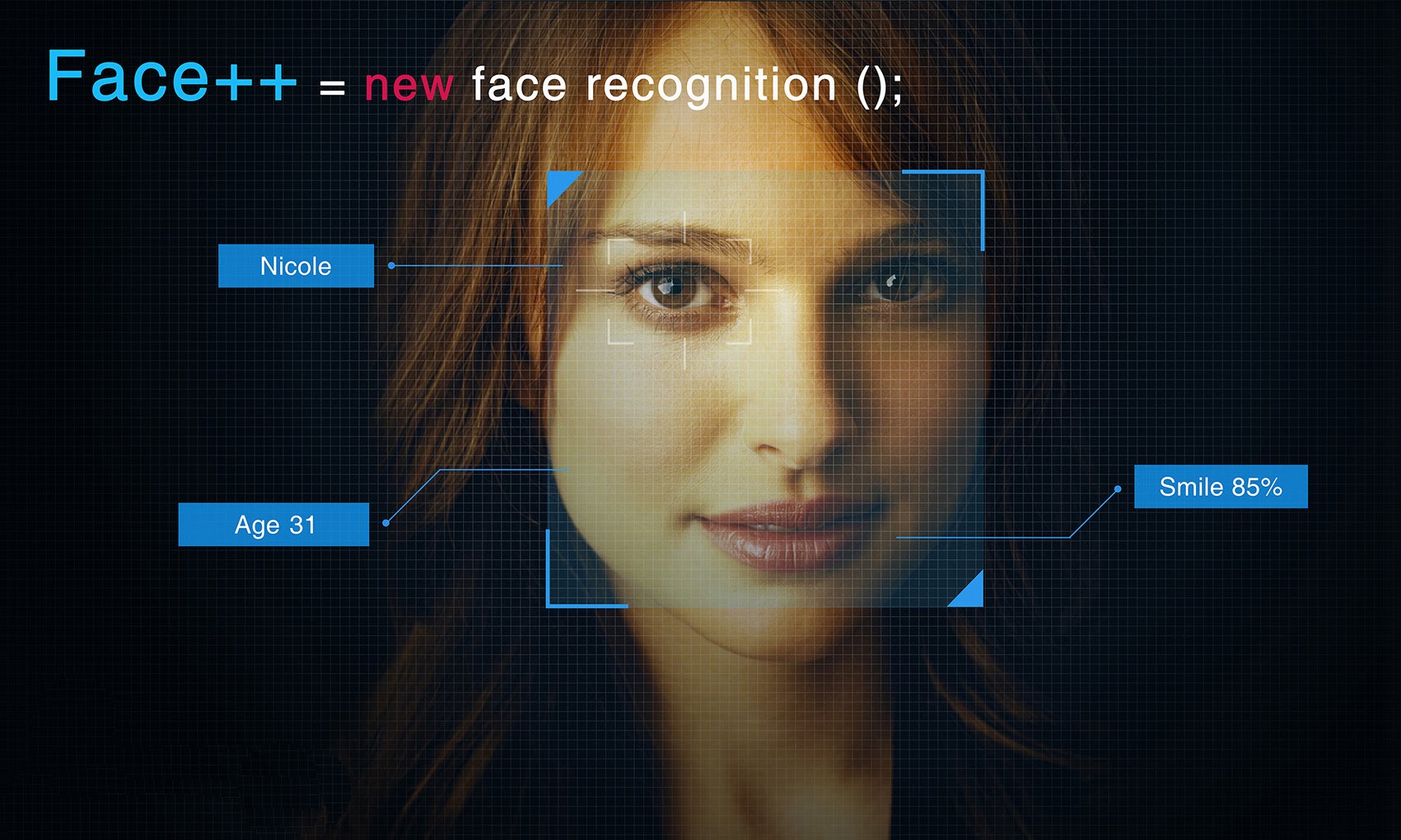
Where next?
When computer vision gets really clever it uses advanced learning called ‘deep learning’ to identify people, objects and things across millions of images and videos. An example is brands checking where their logo appears in social media. It can also be used to estimate attributes of people or identify individual faces .
Image recognition innovation is moving very fast – for good and bad. Collectively, we all have some important decisions to make about the type of global society that we would like our children to live in – ideally we will take those decisions as a global connected citizenry. Giving us all a ‘right to our digital selves’ is an essential first step. This is why CitizenMe exists.
More on deep learning in the next section.
Can AI Reason? (Logical Deductions)
This is the big one. Machine Learning makes decisions based on patterns that it finds in large amounts of data. It does this by finding connections, links and correlations between different data points. Much of the theory isn’t new. For example what are known as ‘Bayesian’ or ‘Gaussian’ methodologies are named after Mr Bayes and Mr. Gauss respectively, and they came up with these theories 300 years ago. What’s new is the arrival of computing power and its rapid acceleration in the past couple of decades. Together, they are enabling machines to ‘learn’ and think.

Computer generated 3D Prints of The Thinker by Rodin
Machine learning looks at huge numbers of data points to identify patterns. It can be used to identify clusters of people or things that have similarities as well, as make predictions about the world and the people (that’s all of us) living in it. Put simply, they are made up of maths equations that, when used together, create prediction machines. Predictions are powerful. They help us to understand what’s happening now, what will happen next, and what the consequences of our actions may be in the far future. Predictions provide us all with new information, knowledge, and maybe even a new collective wisdom.

CitizenMe and Machine Learning
CitizenMe uses machine learning in a broad variety of ways. This includes: personality analysis and predictions based on personal data such as Facebook page likes (through partnership with the University of Cambridge), the dynamic market pricing of personal data (through partnership with MIT) and special algorithms to ensure Citizen privacy is protected, known as ‘differential privacy’ (in partnership with the University of Sheffield).
Digital Citizens use the CitizenMe platform to find out what makes them happier during the working week, help reduce anxiety in certain situations, or how they can reduce the chances of a disease such as diabetes or heart disease. Using similar AI technology, a company or research organisation can gather information from hundreds of thousands of (anonymised) CitizenMe data exchanges with individual digital citizens, and quickly reveal changes in their future wants, needs and desires. Any organisation can reveal this knowledge for small niche communities of citizens as well as connect the dots between thousands of these small groups. This is the holy grail of serving people: perfecting a product or service to delight us all as unique individuals, while simultaneously identifying macro level trends, fashions and themes that apply across a connected global digital citizenry.
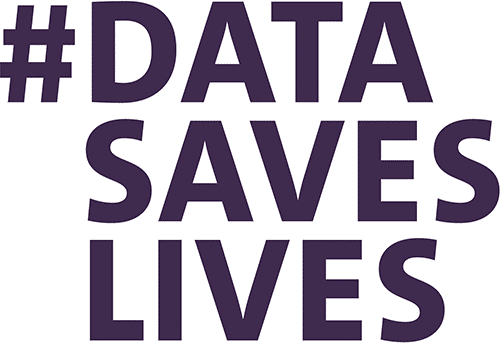
Supervised Learning
Machines can create new knowledge and ‘learn’ in one of two ways. The first is supervised learning, where the computer is taught using lots of examples, or training data. CitizenMe is fantastic for providing training data as it’s verified, varied, well structured and ethically sourced. And, of course, the most valuable of all training data is data about all of us, humans.
An example of supervised learning is training algorithms to learn what a dog looks like by providing it with thousands of images of dog which are labeled as a dogs. The algorithm is then tested to see if it can correctly identify which images contain dogs. Even with rigorous training, computer intelligence can still find it very hard to differentiate between a dog and a chocolate blueberry muffin. AI still has a long way to go, but it is moving quickly.

Unsupervised Learning
Machines can also learn without being supervised or taught what to look for, known as unsupervised learning. This is where the AI is not being ‘trained’ but is asked to work out its own rules. For example, the Google translate engine has been upgraded recently and was able to come up with an entirely new language that it deemed to be the best possible language to translate all other languages into and out of. This is important as some of our most important discoveries have been found when we weren’t sure exactly what we were looking for. For example penicillin (and antibiotics) was discovered by happy accident. Unsupervised learning is good at revealing these serendipitous connections, by design.
Unsupervised learning is useful to CitizenMe in exploring hidden relationships between things, for example, the clustering of different cultural values across the international CitizenMe Citizenry. This provides us all with better knowledge about ourselves and provides CitizenMe clients with a deeper understanding of all of our wants, needs and beliefs.
If an AI is teaching itself through trial and error (unsupervised) and is provided with a positive or negative rewards, this is known as reinforcement learning. For example a virtual mouse in a maze may be rewarded with cheese (positive reward points) or a mouse trap (negative reward points). As the positive feedback look accelerates, knowledge gained is quickly reinforced. Reinforcement learning is widely used to train AI to play games such as Go AlphaGoZero or a voice enabled agent like Alexa or Siri which can learn and improve over time.
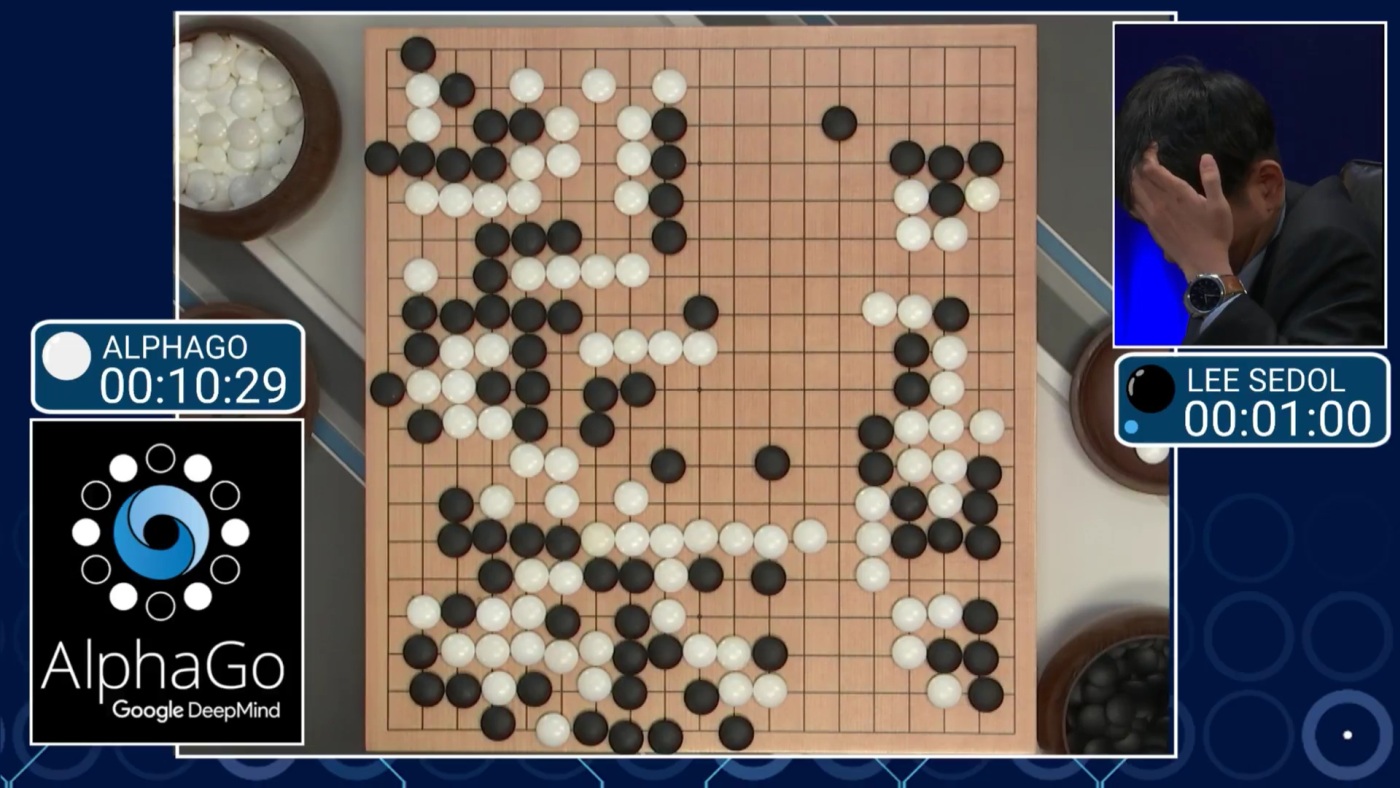
Deep Learning
The most sophisticated machine learning uses a combination of many different algorithms in a ‘neural net’, inspired by the design of animal brains. This is known as Deep Learning. Headline grabbing breakthroughs like Google AlphaGo (which beat the worlds best human player of Go, the worlds toughest board game) uses combinations of various deep-learning techniques.
However, as sophisticated as they may be, these cutting edge AI are still very narrow in their application and if these ’brains’ are trained on a new task they quickly forget what they previously learnt.
Federated Learning
Beyond this, there’s a very serious question about where these ‘brains’ should ‘live’. If they sit on someone else’s server, can they ever truly be ‘ours’? If we lose our wifi connection, would we lose our second ‘brain’? If our data is processed to by other companies to help them make predictions about us, can we ever truly own the value of our own data? Worse still, as the data becomes ever more intimately personal, sending it off our own devices to somewhere in the cloud becomes an ever bigger risk for fraud and identity theft. Where should your personal data live in a world of deep fakes.
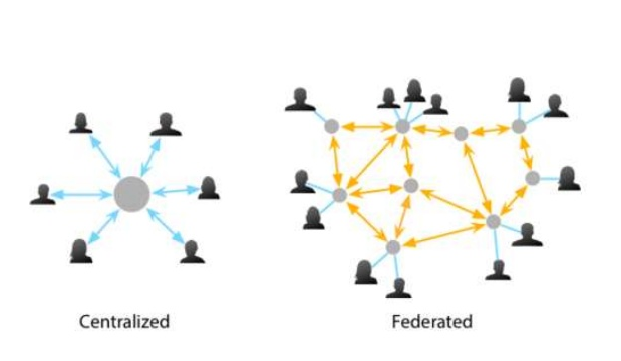
Can AI Feel? (Emotions and Humanity)
At CitizenMe we’re researching & patenting ways to create and run AI on and between devices – known as Federated Learning. We’ll share more about this as our work progresses.
AI can identify emotions, but it can’t comprehend or ‘feel’ them. Similar to a Sesame Street puppet (or a psychopath) AI may appear to relate to us but it has no powers of empathy or sympathy. Emotional traits may seem to be very real but they are programmed by other humans behind the scenes – with all their human quirks and biases.

Bert & Earnie – Sesame Street
By its nature, AI has no sense of humanity. Therefore, AI is not able to make ethical decisions unless it’s pre-programmed to do so by humans (who can).
 Developing these strong, flexible, ethical frameworks for AI development (and the handling of the personal data that fuels it) will have a profound and critical impact on the way our digital era unfolds.
Developing these strong, flexible, ethical frameworks for AI development (and the handling of the personal data that fuels it) will have a profound and critical impact on the way our digital era unfolds.
Data Ethics & Regulation
Data and AI regulation is still in its very early stages. There are currently three directions of travel. In the worlds largest consumer market, The United States, the attitude so far has been to ‘let the markets decide’. In the European Union, the consensus is to create new regulations to protect citizens. In China there’s a desire to use personal data and AI tools rapidly accelerate economic development, and there is also a desire to use it to reinforce desired behaviour among citizens. As for the rest of the world, digital citizens live in societies with a mixture of these approaches, or none at all.

In the Industrial Age, western societies took over 100 years to develop the rules to balance industrial progress with the protection of the humans enabling and benefiting from that progress. And they’re still a work in progress in most countries. Our new digital era is moving far faster. We have decades – at most – to get this right.
CitizenMe is involved in a number of initiatives working toward ethical data and AI. It forms the underpinning of what we do, for all digital Citizens.
- Posted In:
- Business blog
- Citizen blog
StJohn Deakins
StJohn founded CitizenMe with the aim to take on the biggest challenge in the Information Age: helping digital citizens gain control of their digital identity. Personal data has meaning and value to everyone, but there is an absence of digital tools to help people realise its value. With CitizenMe, StJohn aims to fix that. With a depth of experience digitising and mobilising businesses, StJohn aims for positive change in the personal information economy. Oh… and he loves liquorice.
All stories by: StJohn Deakins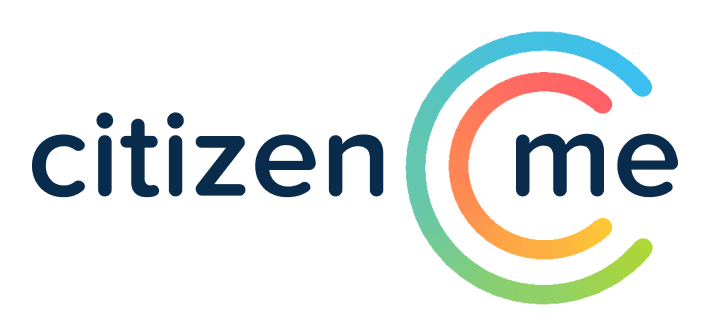




Leave a Reply